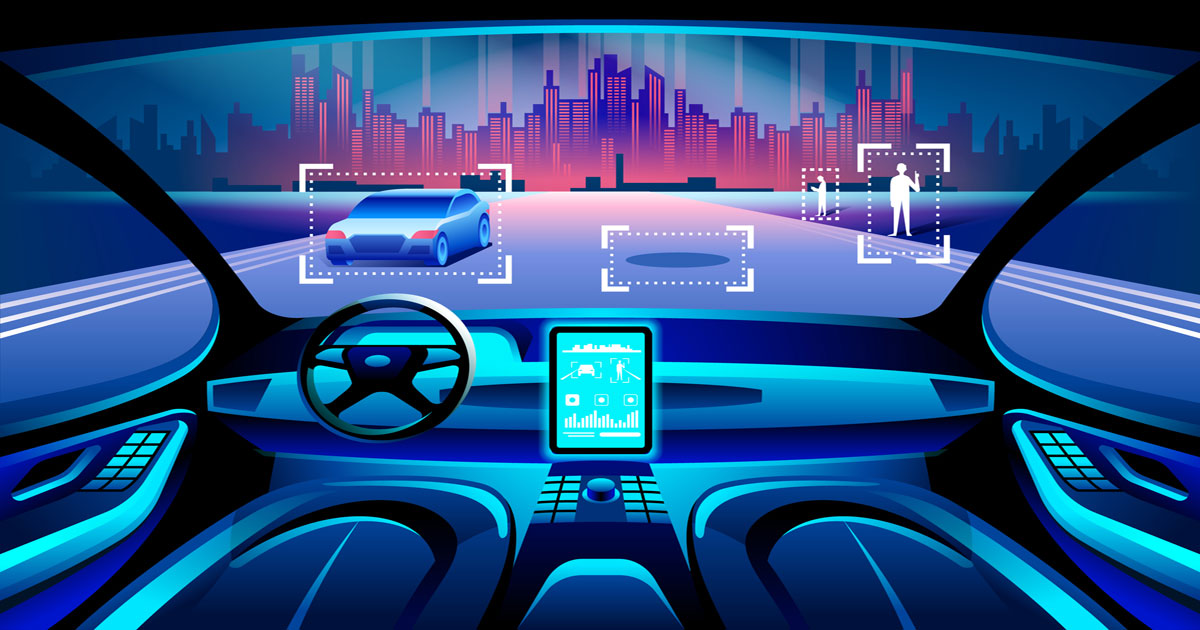Modern cars today are being manufactured with innovative features that help prevent car accidents and injuries. These features help drivers remain safe on the roadways.
The types of technology in cars that help make up for human error are called advanced driver assistance systems (ADAS). The ADAS contain sensors, cameras, and computer software that work to alert drivers. Some operate the vehicle when the car is in imminent danger.
One of these ADAS is the blind-spot monitoring (BSM) system. This is a system that signals the driver when another vehicle is occupying a space in the driver’s blind spot, where that driver cannot see.
How Do BSM Systems Work?
BSM systems vary according to the manufacturer and the age of the car, but most of the newer models are quite sophisticated. As with most technology, more advanced BSM systems are being placed in many newer model cars, and they are more effective than ever.
The simplest BSM system uses radar or sensors that are placed into each side of the rear bumper. When a sensor, for instance, detects another vehicle in close proximity to your blind spot in a particular adjacent lane, a warning goes off to alert you.
The warning is a light that is mounted on the outside rearview mirror, or on the inside pillars that divide the windshield and front doors. They could also be on the display board. Most newer models have an accompanying audio warning. Some newer models have a haptic alert that causes a vibration on the steering wheel or driver’s seat.
A number of BSM systems use cameras that are mounted on the side of your car or the outside rearview mirrors. Advanced BSM systems can actually cause your car to give resistance if you are attempting to switch lanes while another vehicle is approaching or already in your blind spot. Some advanced systems can actually steer your car back into your original lane.
If you do not wish to rely on it, you can normally turn your BSM system off. It is also important to note that all BSM systems are designed to operate at a certain minimum speed, usually at 20 miles per hour or more.
What Is the Downside of BSM Systems?
BSM could never be a replacement for good driving skills. Depending on the speed at which you and other vehicles are traveling, BSM might not be 100 percent reliable. For instance, if you are switching lanes at a high rate of speed at the same time another vehicle is quickly approaching, your BSM system might not warn you or take over in time.
It is too easy to rely on technology. You should always apply safe driving skills no matter what ADAS you have, BSM systems included. Remember, ADAS were designed to aid you in staying safe on the road, they were not designed to replace you.
It is important to remember that BSM systems, like any other device, are not infallible. They can have mechanical failures, and they require maintenance. They must be kept clean and free from debris, such as dirt, snow, ice, or condensation.
What Are BSM Systems Unable to Do?
BSM systems were not designed to detect vehicles traveling at significantly higher rates of speed than your car. Each manufacturer will set a maximum speed differential. Any vehicle traveling faster than that differential might not be detected.
BSM is limited to lower rates of speed and on busy streets. These systems are also weak in detecting motorcycles and similarly designed motor vehicles.
Mount Holly Car Accident Lawyer at the Law Office of David S. Rochman Represents Those Injured in Blind-Spot Car Accidents
If you have been injured in a blind-spot car accident, talk with our experienced Mount Holly car accident lawyer at the Law Office of David S. Rochman. Call 856-751-2345 or complete our online form to schedule a free consultation. Located in Mount Laurel, New Jersey, we serve clients throughout Burlington County and the surrounding areas.


